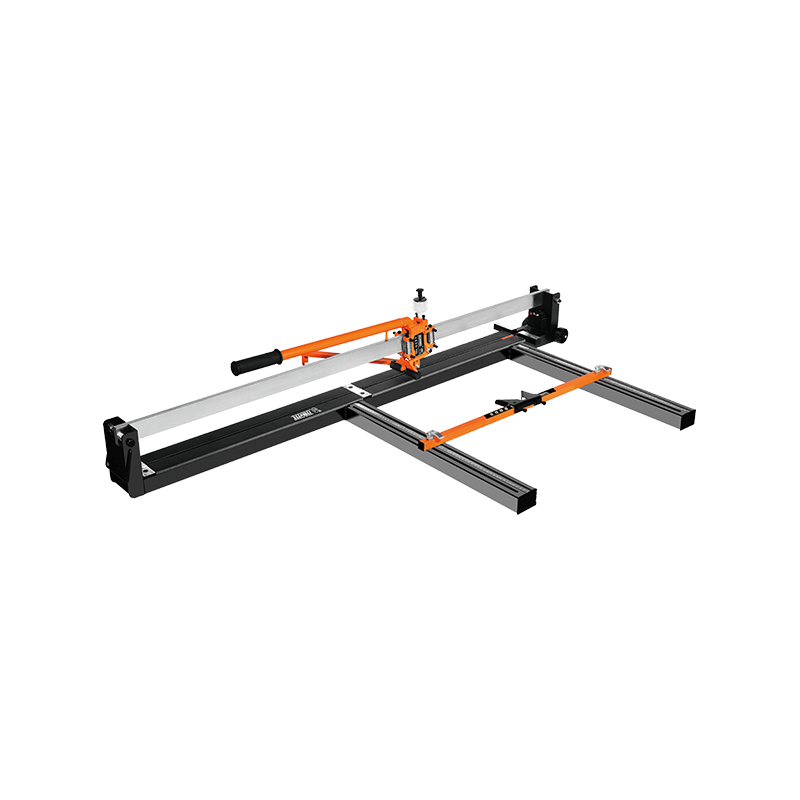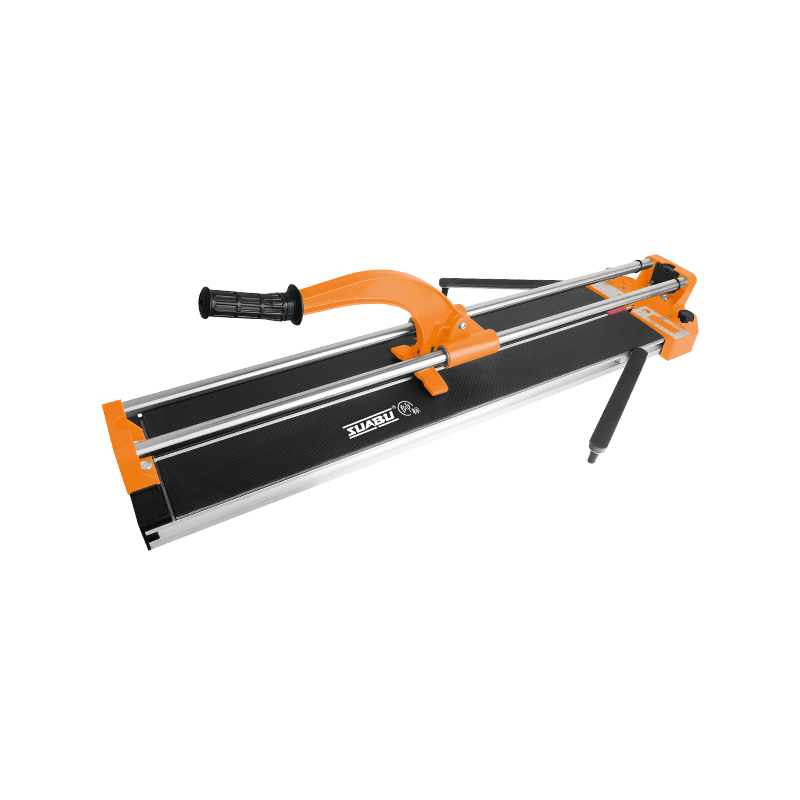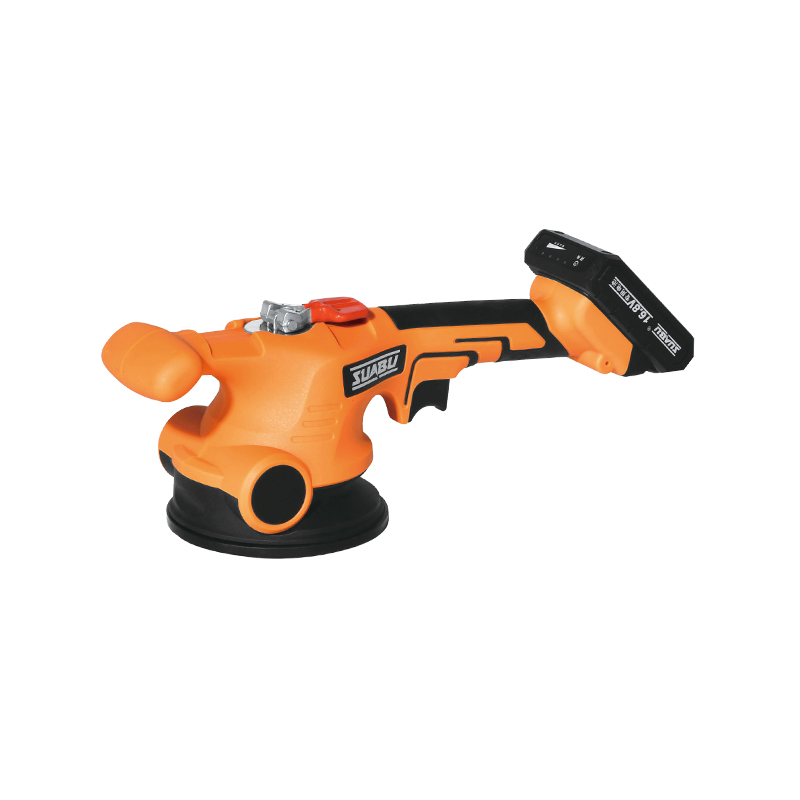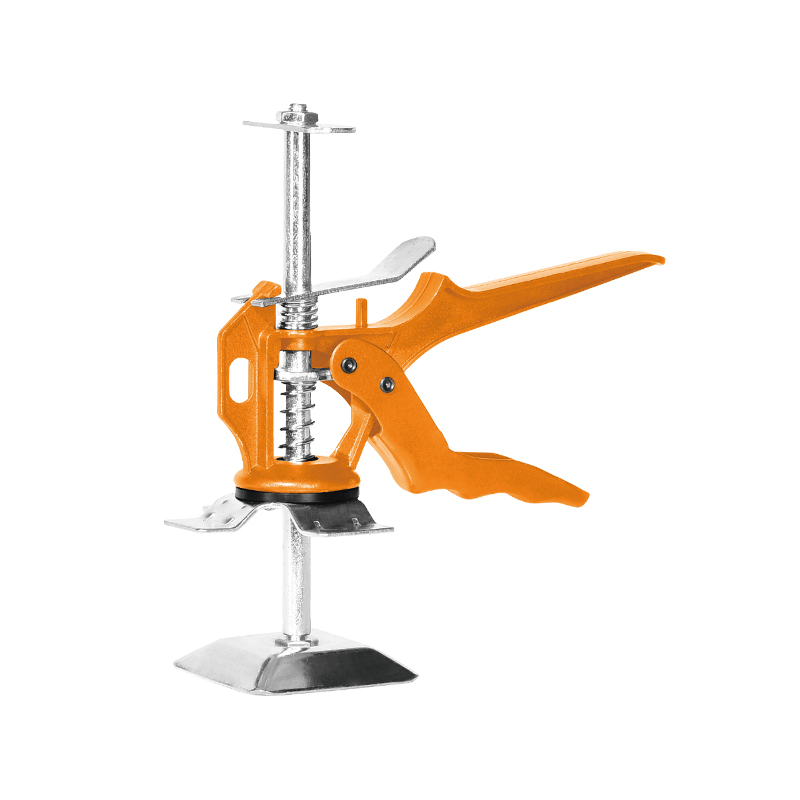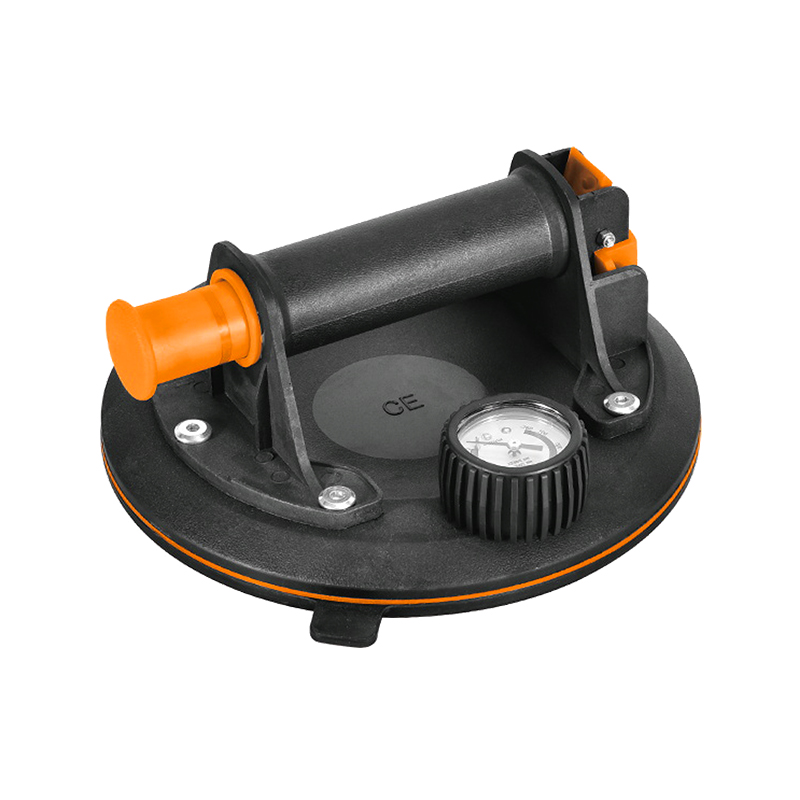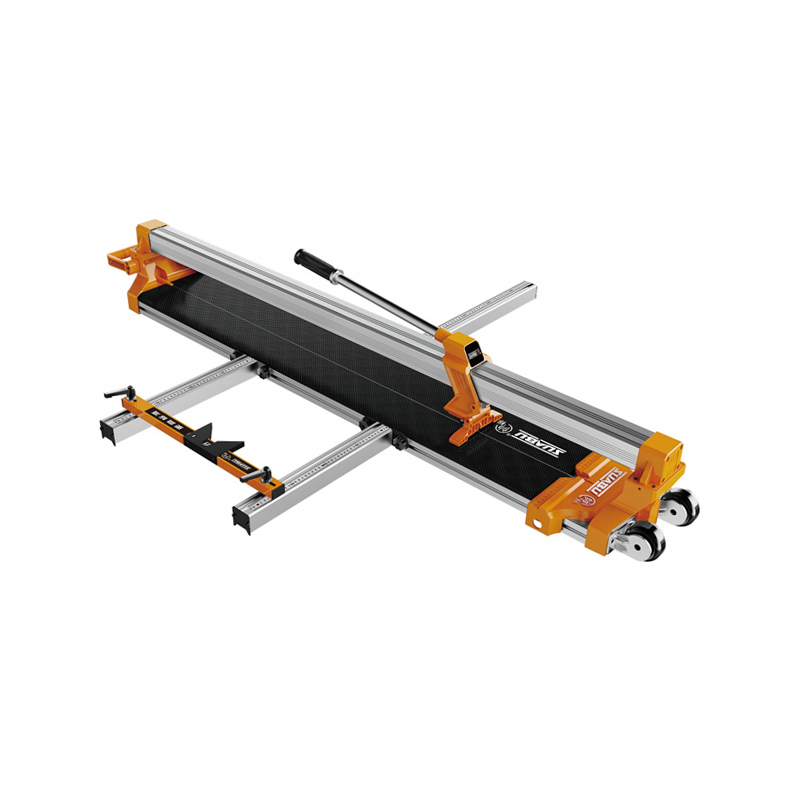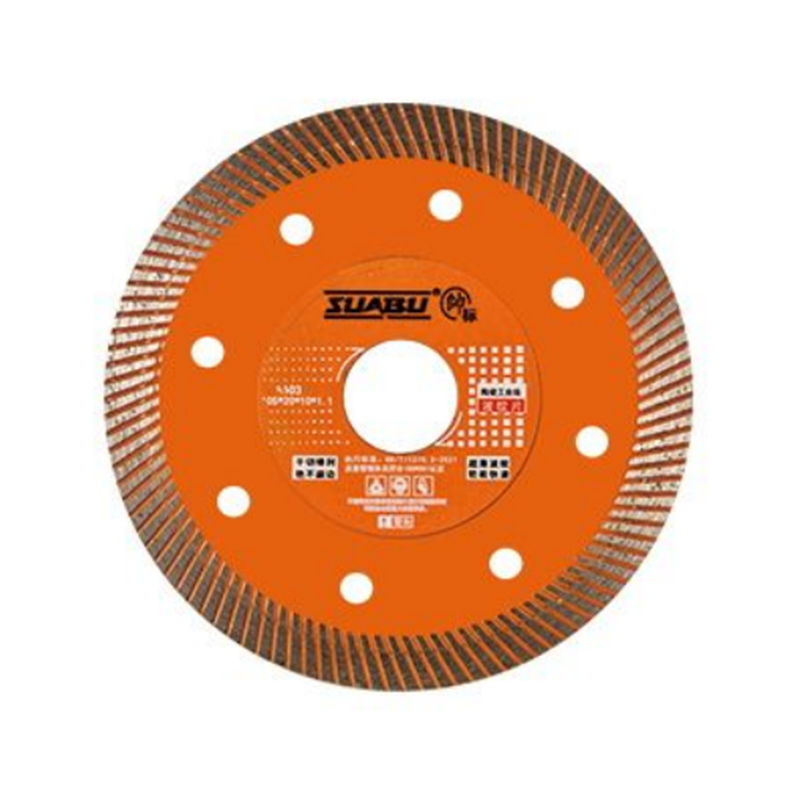New Developments In Manual And Electric Tile Cutters Expand Application Range
2025-05-23
In recent years, advancements in tile cutting tools have significantly impacted both residential and commercial construction sectors. Manual and electric tile cutters have undergone noticeable design upgrades, resulting in a broader range of use cases and improved reliability. Among these tools, the Tile Cutting Machine continues to be a fundamental piece of equipment for professionals and DIY enthusiasts alike. As the market evolves, manufacturers are focusing on features that balance precision, ease of use, and material compatibility.

A core component in many of these machines is the ceramic tile cutting wheel, which plays a crucial role in achieving smooth, accurate cuts. The quality and design of the cutting wheel directly influence the performance of the cutter, especially when working with harder materials like porcelain or textured ceramics. Recent enhancements in wheel materials and edge geometry have helped less chipping, even on delicate surfaces.
Manual tile cutters have traditionally been favored for their portability and straightforward operation. However, new product designs now feature reinforced frames, dual-rail guides, and spring-loaded support tables that make cutting more stable. The integration of high-grade ceramic tile cutting wheels into these systems has also improved their consistency across multiple cuts. These updates allow manual tools to handle a wider variety of tile types and thicknesses, offering greater flexibility on smaller job sites where electric power may not be readily available.
Electric models, on the other hand, have seen progress in motor efficiency and blade control systems. Many of the new Tile Cutting Machines are equipped with adjustable speed settings and water cooling functions that help reduce friction and extend the life of the ceramic tile cutting wheel. The result is a cleaner cutting process with reduced dust and thermal stress on the material. These enhancements make electric cutters particularly suitable for dense tiles and larger-scale projects where time and finish quality are important.
Another trend is the growing popularity of multi-functional machines that combine cutting with beveling or profiling capabilities. This not only saves space in workshops but also reduces the need to switch between tools during installation. In many of these systems, interchangeable ceramic tile cutting wheels can be fitted depending on the required edge finish or tile material. This modularity has been well received by contractors working across diverse interior styles and installation patterns.
The broader application range of both manual and electric cutters also reflects changes in architectural design. With more homeowners and designers opting for unique tile shapes and customized layouts, there is a stronger demand for tools that can handle irregular cuts and angled lines. The Tile Cutting Machine has adapted to this trend by incorporating adjustable guide rails and pivoting measurement arms, allowing for more intricate work without sacrificing accuracy.
As sustainability becomes a stronger influence on construction practices, some manufacturers have also introduced Tile Cutting Machines with energy-saving features and recyclable components. This aligns with the shift toward environmentally conscious building methods and encourages tool longevity through replaceable parts like the ceramic tile cutting wheel. These subtle changes contribute to reduced waste and long-term cost efficiency for users.
The development of tile cutters is steadily moving toward greater adaptability and functionality. Whether through upgraded manual designs or refined electric systems, today's Tile Cutting Machines and their components are built to meet the evolving needs of the modern construction landscape. The continued evolution of the ceramic tile cutting wheel ensures that these tools remain reliable, precise, and capable of handling a diverse range of tiling projects with small material loss. As new materials and formats emerge in the tile industry, the technology supporting installation tools is keeping pace, offering users a wider range of options than ever before.

